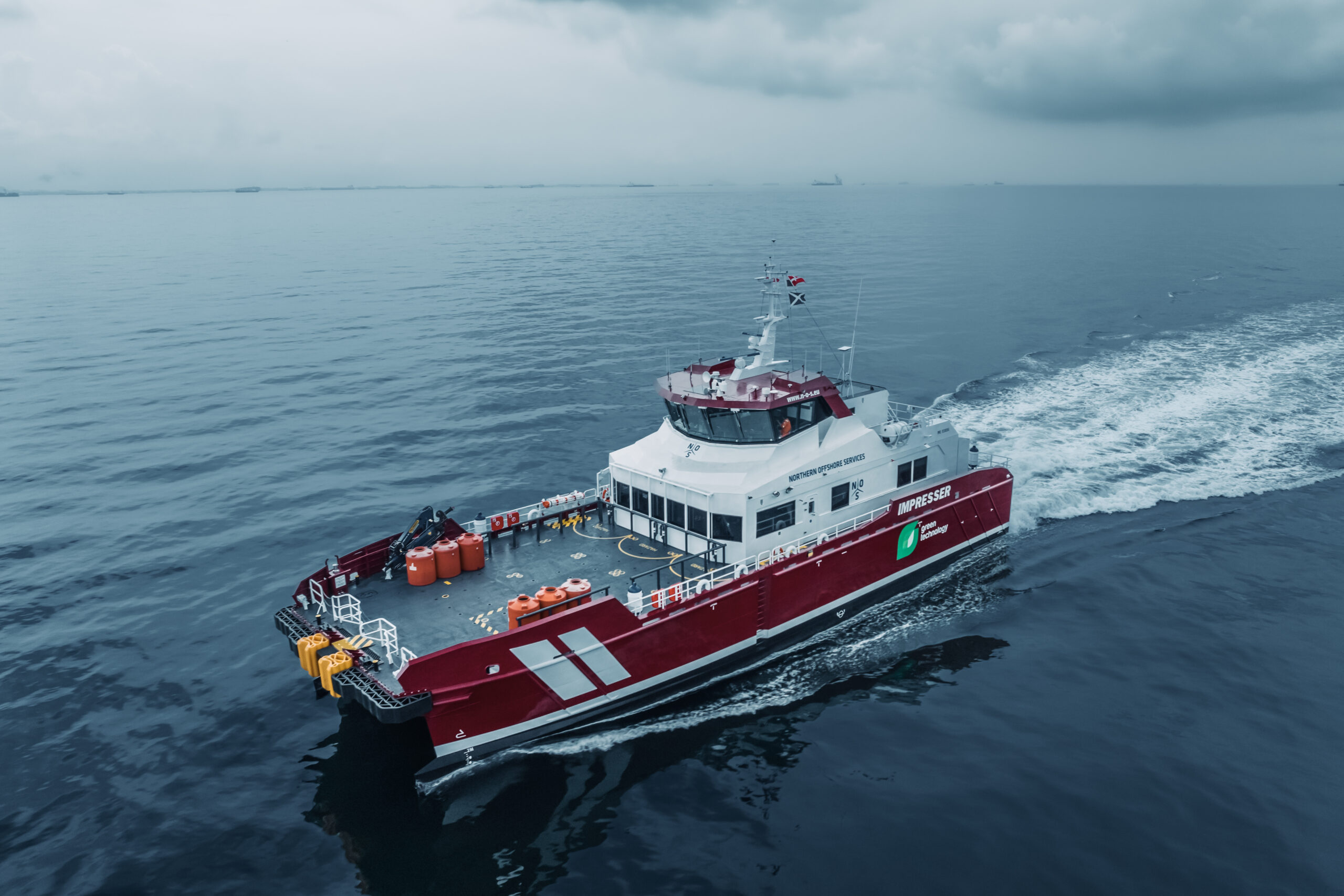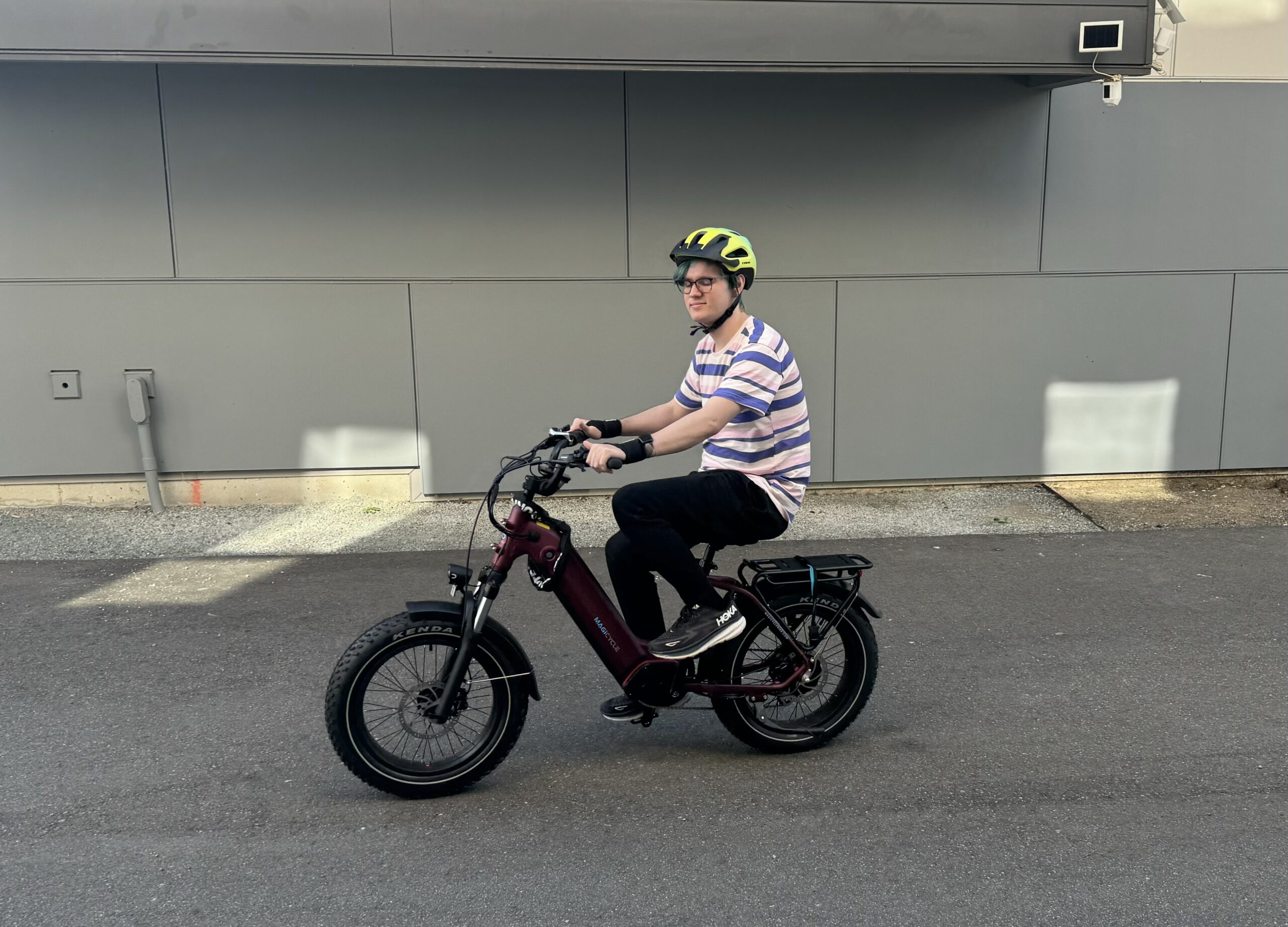Having supported the education of the Australian resources sector for 30 years, Immersive Technologies’ offerings continue to grow in importance.
As the Australian resources industry undergoes a technology revolution, mining companies and contractors will need to institute and nurture significant organisational change.
With company boards beholden to heightened shareholder and stakeholder expectations, miners are turning to automation and digitisation to boost safety and productivity.
This is transforming what has historically been a manual, hands-on industry into one that is increasingly remotely operated.
Such a transformation is necessitating the need for renewed training and development, as workers have redefined roles or leave the field to operate machines from the office.
This is mining in the 21st century and METS (mining, equipment, technology and services) companies such as Immersive Technologies are key to ensure this transition occurs as safely and seamlessly as possible.
Immersive is one of the mining sector’s leading providers of workforce development solutions, having deployed its simulators across the world, including for many of the world’s largest mining companies, such as BHP, Rio Tinto, Vale and Glencore.
When Immersive was founded in 1993, the company’s initial focus was developing computer-based training for mining equipment operators ,and by 1998 it demonstrated the industry’s first prototype truck simulator to Caterpillar.
Immersive launched its first haul truck simulator at the Diggers & Dealers conference in 1998, which evolved to excavator, dozer, loader and dragline simulators released in ensuing years.
Immersive now has about 550 simulators in the field in more than 50 countries, with about 50 new simulators delivered to the mining sector each year.
And while its simulators are seemingly universally used, another offering is growing just as fast.
“The advent of more complex mining technology systems has been the basis for the evolution of our digital media division,” Immersive Technologies’ regional vice president – Asia Pacific Simon Vellianitis said.
“This includes interactive content like digitised standard operating procedures, which we call ‘missions’ delivered via virtual reality, touch screen or traditional PC devices. These are the types of procedural experiences which are complementary to new performance or automation systems going into a mining operation.
“Our digital media team went from being focused on developing the virtual environments for our equipment simulators to developing varied digital content across a much broader set of technologies. These broader technologies are what we call learning systems.”
Developing learning systems could involve the digital media team creating detailed 3D visualisations to help operators understand the terminology around machine components, or it might involve creating digitised SOPs to help operators understand how they’re meant to be interacting with mobile fleets on a mine site.
Forty per cent of Immersive’s Perth-based workforce comes from the digital media and engineering domains. These divisions are set to play an increasingly important role as the mining industry further embraces automation and electrification, with companies requiring plenty of support to understand and integrate these advancements.
Vellianitis said the safest and most efficient operators will be focused on proficiency, something with which Immersive can also help.
“Mining operations in the west are largely autonomous, while many in the east – including the Pacific Islands – are manually-operated, with the workforce development strategies being different for both,” Vellianitis said. “When it comes to automation, our methodology and training technologies are focused on addressing high task complexity arising from the introduction of these new systems in mining operations. And that is likely to be the case with electrification, as well.”
“As new technologies, equipment and integration challenges arise, there’s going to be a change-management exercise that goes with that. And with all change management, it links back to humans, and it links back to awareness, training and capability.
“That’s where we see our space evolving – whether it’s digital media, equipment simulators or consulting and analytics, it could be any one of those or it could be a combination of all of those.
“That’s a gap that we’re fairly certain will continue and will probably get bigger.”
A more immediate concern for the Australian resources sector is the skills shortage, where companies are finding it difficult to access experienced talent. In response, miners are thinking outside the box and recruiting workers from other industries.
This situation places increased importance on training.
“It’s been very difficult for mining companies to find operators who have a background in mining,” Vellianitis said. “As they find new people, there’s a huge learning curve for those new starters and the quality of training during their onboarding and first couple of weeks is absolutely critical.
“If they get good quality training, that generally sticks with them and serves them well. But if they get poorly structured and delivered training, it can result in a whole plethora of issues further down the track. It could be safety issues, issues related to maintenance, or the reliability of the machine.”
Vellianitis said workers who are not trained properly are more likely to use a machine outside the bounds of its operational specifications. This can cause machine downtime and lost productivity.
“Mining operations tend to look towards engineering solutions to address performance challenges not specifically linked to human performance,” he said.
“If variance in human performance is the source of a machine issue and if that can be addressed via training, then it’s often the easiest thing to do – it’s the low-hanging fruit. It’s often the least expensive thing to do as well, particularly if the mining operation already has a simulator.”
Immersive Technologies built its business before the digital age kicked into gear, and the company has now evolved to ensure it sits at the precipice of mining’s next turn.
It appears as if Immersive is always ahead of the curve, which bodes well for an Australian mining industry simultaneously facing a skills shortage, technology revolution and growing decarbonisation imperative.
As long as Australian miners have access to Immersive’s simulators, digital media and associated services, then it seems the transformation isn’t so daunting after all.
Immersive Technologies – a proud Austmine member – won the Craig Senger Excellence in Export award at the Austmine 2023 conference. This award celebrates companies who excel in exporting their offerings to the world.
With more than 650 members nationally, Austmine is the leading industry body for the Australian METS sector. The not-for-profit organisation exists to promote the global advancement of technology and innovation in mining.
This feature appeared in the August 2023 issue of Australian Mining.




